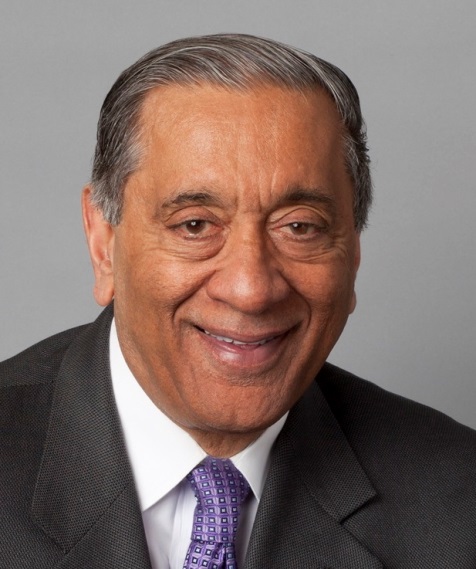DESIBUZZCanada
Events Listings
Dummy Post

International Day Of Yoga To Be Virtually Celebrated Saturday At 4pm

CANCELLED: Coronavirus Fears Kills Surrey’s Vaisakhi Day Parade

ADVERTISE WITH US: DESIBUZZCanada Is The Most Read South Asian Publication Online

SURREY LIBRARIES: Get Technology Help At Surrey Libraries

WALLY OPPAL: Surrey Police Transition Update On Feb. 26

GONE ARE THE DAYS - Feature Documentary Trailer

Technology Help At Surrey Libraries

Birding Walks

Plea Poetry/short Story : Youth Contest

International Folk Dancing Drop-in Sessions
India Should Lead The Non Alignment Movement Again
- July 2, 2020


By Sawraj Singh
Contrary to how some people feel about it, Non Alignment is still the best policy for India. This policy was not a transient phase or a temporary phenomenon. This was a very well-thought of policy that is most compatible with the Indian ground realities. India's Look East policy is an extension of India's Non Alignment policy. The Non Alignment policy came into existence when the world was bipolar, divided into a western camp and the Soviet camp. India led the Non Aligned Movement to include those countries that did not want to openly join any camp. This movement became a big factor in world affairs and became a force to be reckoned with by both the camps. India's prestige as the leader of this movement reached an all time high level in the world.
With the collapse of the Soviet Union, the bipolar world became unipolar with America as the only Superpower and with only a single western camp. Therefore, the unipolar world in reality meant American hegemony and western domination. Many countries in the world started resenting the American hegemony and wanted to transform the unipolar world into a multipolar world. However, America and the west ruthlessly suppressed any country that tried to challenge their hegemony and domination.
Two significant developments posed a very serious challenge to the American hegemony and the western domination: Reemergence of Russia under President Putin as an important world player and China as the leading economic power in the world. Both these countries joined their forces to end the American hegemony in the world. Besides these two major power centers, there emerged other centers of power. It looked like the world was moving toward a multipolar world. As the trends of the rise of China and decline of America became more clear, America started a new cold war against China. This policy started polarizing the world into two camps; One led by America and the other led by Russia and China. It became clear that the journey from a unipolar world to a multipolar world will pass through a transient phase of a bipolar world.
It is obvious that the world is again divided in two camps and a neutral third force has again become relevant. In this scenario India's Look East policy could be seen as an extension of its non aligned policy. Under this policy, India started playing an important role in the organizations like BRICS, Shanghai Cooperation, Asia Infrastructure Development Bank, G-20 and RIC (Russia, India and China). It is clear that India was trying to balance its relations with the east and the west and between the two camps without being seen as too close to either camp. That is why I call the Look East policy as an extension of the policy of non alignment.

However, as the contradiction between the declining America and the rising China became more sharp, India decided to tilt toward one side. There seem to be two reasons for that; One, India was afraid of China becoming too strong, and the second reason was that India wanted to take advantage of the growing rift between America and China. India felt that the American companies will move out of China and will relocate to India. India joined the Quadrilateral Alliance of America, Japan, Australia and India. The clear purpose of this alliance is to contain China. Similarly, America wants India to join the G-7 and to exclude China from this. It is clear that American intention is to use this organization to contain China. Such moves by India will be clearly seen as abandonment of its non alignment policy.
There can be some benefits and gains from joining one camp. However, there are risks and losses of joining the camp also . If India seriously weighs the two, then it may conclude that there can be more risks and losses of joining one camp. India can be put against its trusted friends and natural allies. Russia has been India's most trusted and reliable friend and the third world countries are India's natural allies. Moreover, by joining one side India is also risking the Indian Subcontinent becoming an arena for the Third World War.
I feel that if India seriously ponders over all the issues, then it will come to the conclusion that the policy of non alignment is still the best policy for India. India should work to revive and strengthen the Non Alignment Movement. India is the natural leader of the movement. This movement is still capable of defusing tensions and maintaining world peace.

Dr. Sawraj Singh, MD F.I.C.S. is the Chairman of the Washington State Network for Human Rights and Chairman of the Central Washington Coalition for Social Justice. He can be reached at sawrajsingh@hotmail.com.


















